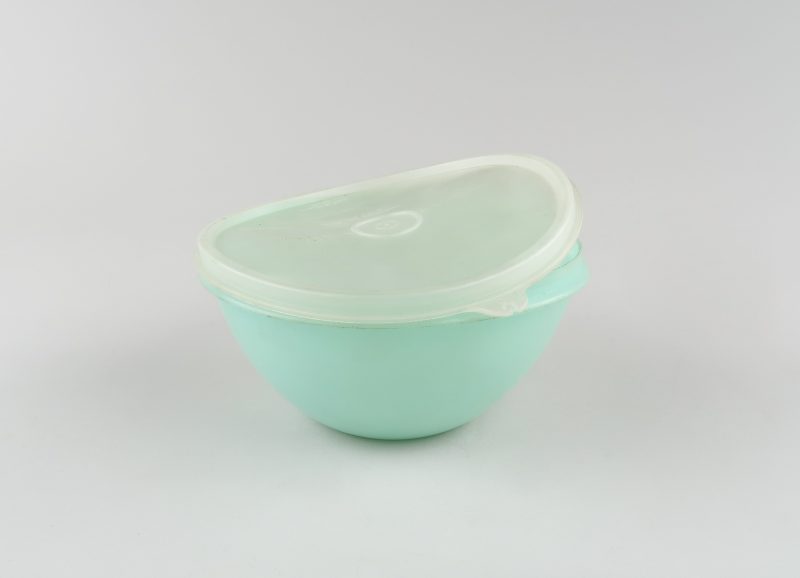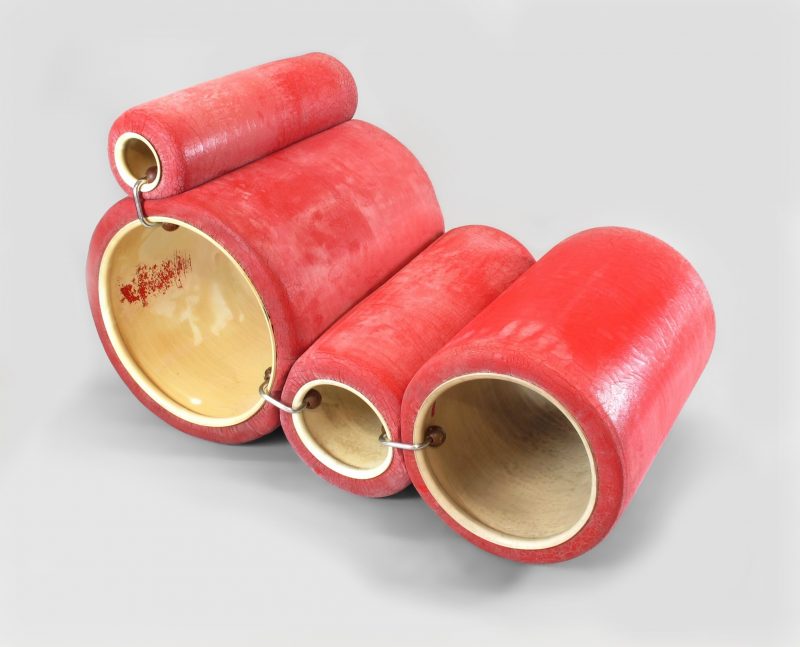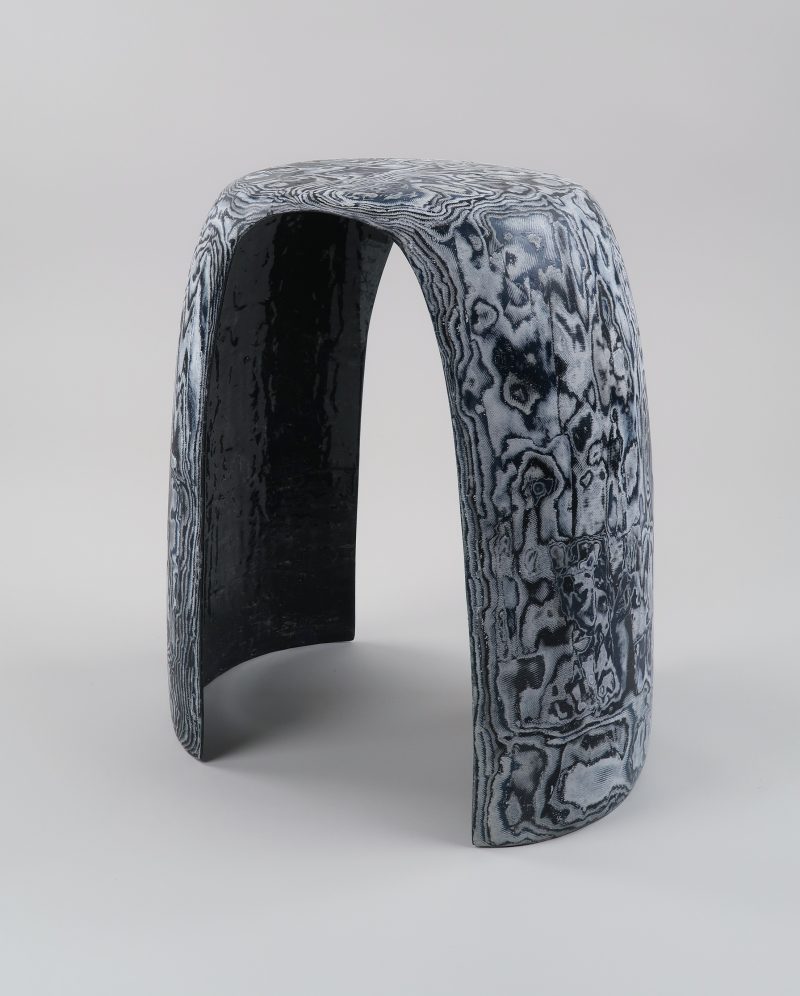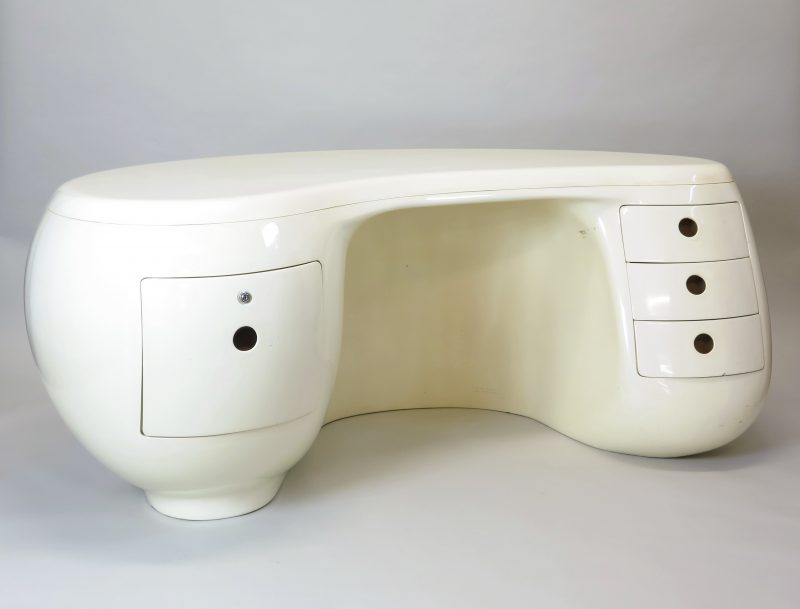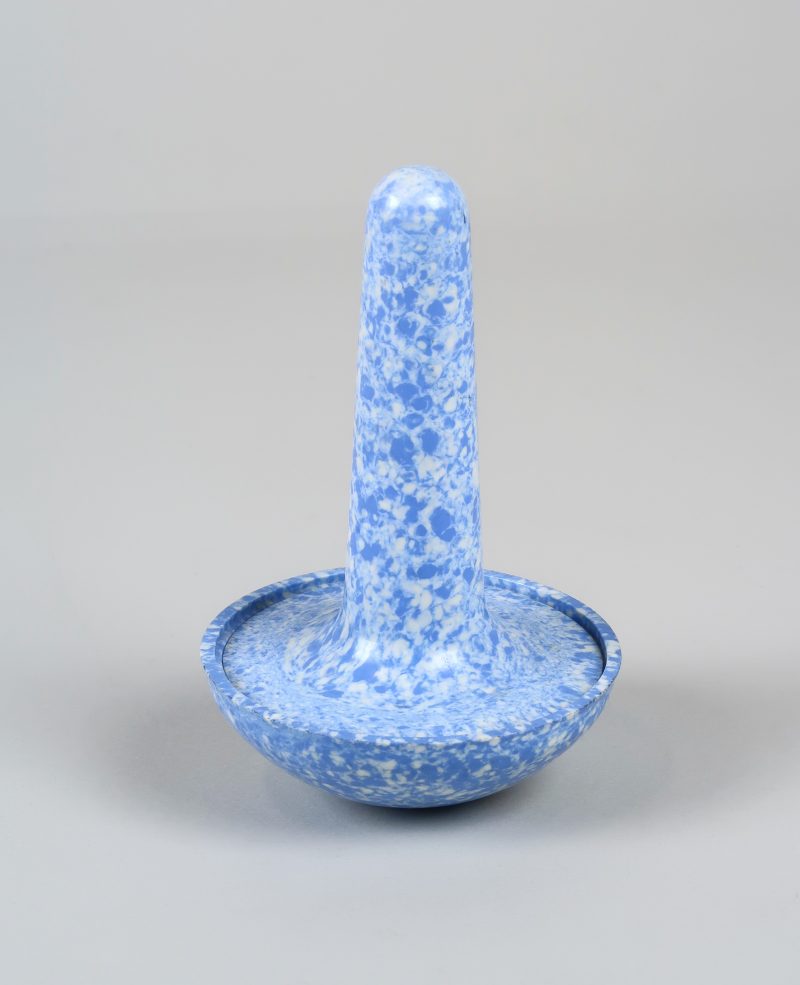Know, Name and Assess your Plastics
An international project on identification and care in the collections of Design Museum Gent and S.M.A.K.
Situation
Design Museum Gent and S.M.A.K. have approx. 3,500 and approx. 450 objects respectively in their collections, which are either partly or completely made from plastics. This project strives to gather experience regarding the correct identification and monitoring of the plastics in our collections. By using their correct names, knowing which specific care they require and systemically monitoring their condition, we can henceforth take durable conservation measures, tailored to each collection object.
This project was possible thanks to a grant from the Government of Flanders under the Cultural Heritage Decree. It comprises three phases: 1.10.2018 – 30.6.2019, 1.7.2019 – 30.6.2020, and 1.7.2020 – 30.6.2021. We are collaborating with three international partners, i.e., the Cultural Heritage Agency of the Netherlands (RCE), The Royal Institute for Cultural Heritage, a Belgian federal scientific institution (KIK-IRPA) and the Cologne Institute of Conservation Sciences (CICS) of TH Köln.
Three phases
Phase 1: 1.10.2018 – 30.6.2019
The development and implementation of thesauri of materials and techniques and a uniform list with specific damages encountered in plastics
Our aim is to register the plastics used in a specific collection object in our Adlib collection database in a uniform and nuanced manner, creating a thesaurus of materials and a thesaurus of techniques, and thus making the database more user-friendly as a result. A survey has revealed that none of the leading institutions with a collection comprising plastic objects has adequate thesauri. They often use non-hierarchically developed terminology lists or the terms as applied in the Art & Architecture Thesaurus (AAT).
We are working on two bilingual thesauri (English and Dutch), which we will try to partly integrate into the AAT and/or for whose terms we will link to the persistent URIs of the AAT and to alternative terms, brand names and abbreviations, where possible. We are collaborating on the English-language versions with our partner CICS of TH Köln and they will also align their German-language terminology lists with our thesauri. We will use a Google spreadsheet in Dropbox, to which partner institutions can add translations of terms. To create comprehensive thesauri, we will perform substantive research into types of plastics, the production and finishing techniques used as well as name variants and spellings/notations. We will also draw up scope notes, which include the composition and forms of materials, when a material was first launched to market, how a technique is applied and can be recognised, and so on. We will test the first versions of these thesauri during phase 2 and phase 3 and, where necessary, we will adapt them during the actual identification of the plastics (see below).
We will draw up a uniform Dutch-language list of damages which may arise in collections with plastics. We will base this list on the damage atlas of the international English-language POPART project (Preservation of Plastic ARTefacts in museum collections). We are also collaborating with TH Köln for this part of the project.
The classification of the above plastics in care groups based on condition surveys and conservation measures
We classify the plastic objects in both collections in care groups according to the stability and condition of each object, enabling us to take targeted measures for every care group, e.g., the regularity of inspections and renewal of packing materials, specific conservation measures, the mapping of health risks for museum staff, the assessment of the risk of degradation of objects/materials that are in close proximity of plastic objects, and so on. For this part of the project, we are working on a proper classification, the translation into Dutch of the existing international consensus and literature on the subject, and an efficient approach to the condition survey in phase 2 and 3. We are provisionally working with five care groups based on the vulnerability of the materials and their stability at the time of inspection. The plastics that degrade the fastest are assigned to the fifth category: i.e., plastics that require the most care.
We will also use a ‘condition sheet’ for condition inspections. We assign the collection object to a care group on this sheet and record a detailed description of the object’s physical condition and the required conservation measures.
The identification of plastics and techniques based on sources
For this part, we have chosen to focus on more recent objects in the collection of Design Museum Gent, because reliable product information is more readily available online in most cases. We will start by contacting the designers and those producers, from whom we have many objects. We will rely on DIY analyses and the nature-scientific analyses (see below) for the older objects. We will also screen the collections of other institutions, which preserve identical objects, or for which research has already been conducted into specific types of plastics.
Phase 2: 1.7.2019 – 30.6.2020
The application of the Plastic Identification Tool: a DIY method for the identification of plastics
For the physical examination of collection objects for which the sources provide insufficient information, we can rely on the Plastic Identification Tool that was developed by the Foundation for the Conservation of Contemporary Art (SBMK) and the Netherlands Institute for Conservation, Art and Science (NICAS) as part of their ‘Plastics Project’. From April 2017 until April 2019, scientists and ten major museums and collection managers in the Netherlands worked together on this project. The project partners were Bonnefantenmuseum, Centraal Museum Utrecht, Gemeentemuseum Den Haag, Kröller-Müller Museum, Museum Boijmans Van Beuningen, Schunck*, Stedelijk Museum Amsterdam and Van Abbemuseum. The Rabo Art Collection and the Kunstcollecties van de Rijksdienst (Netherlands National Art Collections) were also involved. The RCE took the lead of this project within the NICAS partnership (RCE, Rijksmuseum, Conservation & Restoration Programme of the University of Amsterdam, TU Delft).
Collection managers and restorers can identify and monitor a large part of their plastics themselves using the Plastic Identification Tool. Using a questionnaire and a reference kit with samples, each specific plastic can be identified by looking, smelling, hearing and feeling. Five plastics are more problematic and require immediate action. The method can be implemented in-house by staffers given training also in-house. Design Museum Gent and S.M.A.K. are introducing this method in Flanders on the margins of this project. The RCE will teach this method to the project partners and the members of the Focus Group (see below) during an intensive workshop.
Performing a first condition survey
Starting from the care groups that were defined during the first phase, we will begin working on the systematic condition survey of all the plastic objects that were already identified in this phase. We will (re-)determine the condition of the plastic (components) of every object and assign it to a care group in line with the future monitoring of the object’s condition and the priorities that are set in terms of preventative conservation. We will fill out the same ‘condition sheet’ for every object surveyed. Part of the obtained information will be entered in Adlib. The survey will be completed in phase 3.
Phase 3: 1.7.2020 – 30.6.2021
Scientific research
After the examination of the sources and the DIY analyses, we will probably be left with a group of unidentified plastic objects (the residual group). For this group, we will rely on existing scientific spectroscopic methods such as FTIR or RAMAN, which usually require samples of objects. Our partner RCE has already developed a substantial amount of expertise in this field. In addition to the required equipment, they also have a substantial database with plenty of samples. Our partner KIK-IRPA also already has a lot of experience with this but wants to focus on this even more in the future. The ‘conservation studio of historic and contemporary textiles, costumes and accessories’ and the conservation scientists of the Laboratories Department will join forces for this part of the project. This requires coordination however and samples must be collected to create a reference database. Our aim is to implement this together with the KIK-IRPA in this phase of the project.
Continuation of the condition survey + the development of guidelines for cleaning, conservation and presentation for the various plastics/care groups
The condition survey from phase 2 will be continued. During this phase we will develop an approach for monitoring the condition of the objects. At the end of the project, we will have the most adequate overview of the condition of the plastics in our collections, the number of objects in every care group and their needs. In this phase, we will also draw up the guidelines to be followed up in-house for the cleaning, conservation and presentation for every material (group). Where possible, we will implement them immediately.
Partners, advisory committee and focus group
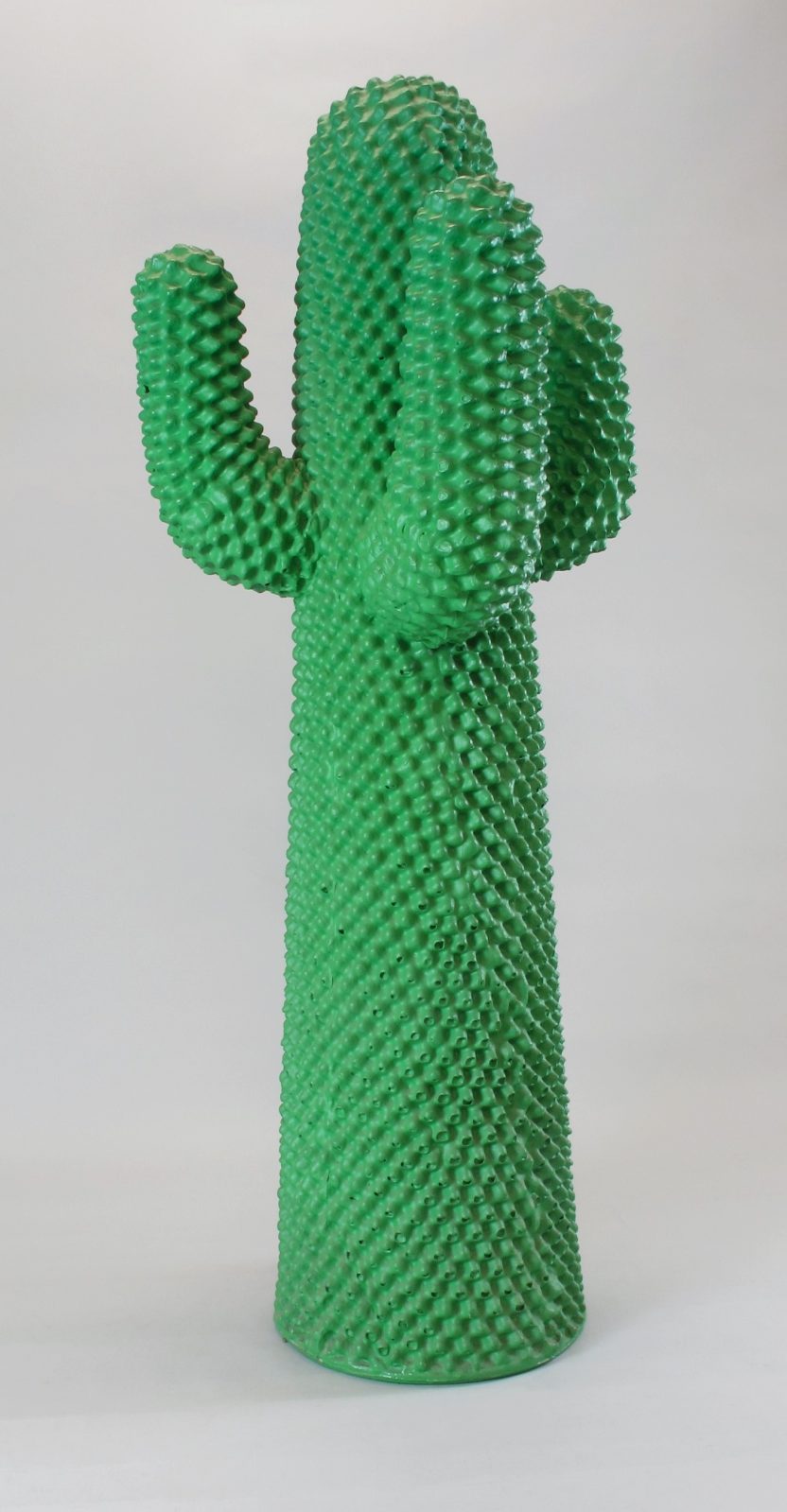
Design Museum Gent is jointly implementing this project with S.M.A.K. Both collections are being surveyed as part of the project. By combining the strengths of both museums, we can combine two different perspectives, i.e., modern and contemporary art on the one hand and applied art and design on the other hand. We can count on the valuable input of three international partners, i.e., the RCE, KIK-IPRA and TH Köln/University of Applied Sciences. The RCE advises and supervises/provides support. It will also organise the workshop on the Plastic Identification Tool. KIK-IRPA will offer advice, perform the scientific analyses and attend the RCE workshop, also with the intention of sharing this knowledge and experience with the Belgian heritage sector at a later stage. The Cologne Institute of Conservation Sciences (CICS) of TH Köln is working on the ‘KuWerKo. Kunststoff, ein moderner Werkstoff im kunsthistorischen Kontext’ project, using the collection of the Deutsches Kunststoff Museum. We are working with them on the further development of the English-language thesauri and damage assessments, as well as exploring the potential of an online platform on which various institutions can share their results of analyses of plastic objects.
The Advisory Committee oversees the set-up and progress of the project. The members are Suzan de Groot (RCE), Griet Kockelkoren (KIK), Claudia Kramer (S.M.A.K.) (replaced by Francis Berry (S.M.A.K.)), Ruth Goris (Design Museum Gent), Annelies De Mey (Design Museum Gent), Hannah Hendrickx (Design Museum Gent) and Eline van der Velde (project staffer Design Museum Gent-S.M.A.K.).
The focus group will comprise Flemish and Belgian players, that preserve a substantial collection of plastics and have an in-house restorer. The members are Griet Kockelkoren (KIK), KimVerkens (MoMu), Annelies De Mey (Design Museum Gent), Eline van der Velde (Design Museum Gent), Ruth Goris (Design Museum Gent), Claudia Kramer (S.M.A.K.), Frances Berry (S.M.A.K.), NinaSerulus (ADAM Brussels Design Museum), Christine Lambrechts (Mukha), Wim Fremout (KIK), Iris Paschalidis (S.M.A.K.), Ann Deckers (FOMU), Barbara De Jong (Mu.Zee), Hannah Hendrickx (Design Museum Gent), Pieter Neirinckx (The Museum of Industry/The House of Alijn) and Francisca Vande Pitte (Musée Modern Museum, KMSKB).
Partner project Terminology for Conservation of Plastics, TH Köln
This research into the identification of plastics and the execution of a condition survey of all the plastic objects in the collections of Design Museum Gent and S.M.A.K. is performed in the framework of a three-year project with the support of the Government of Flanders. For further information, please contact project staffer Eline van der Velde at eline.vandervelde@stad.gent or hannah.hendrickx@stad.gent.
